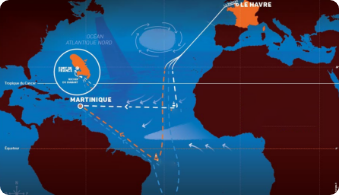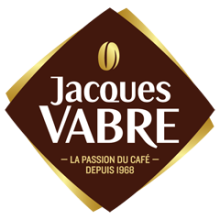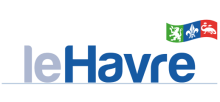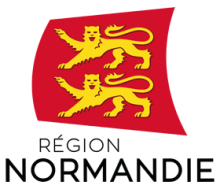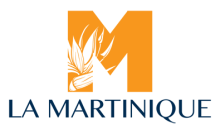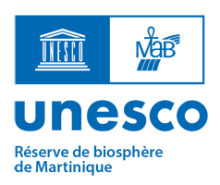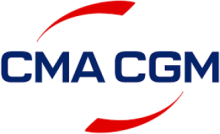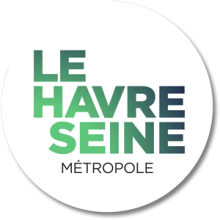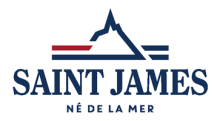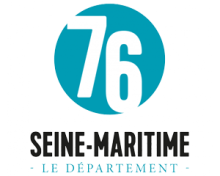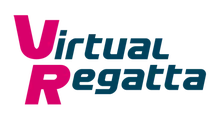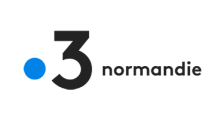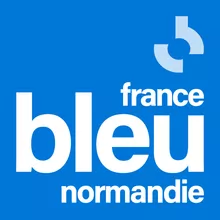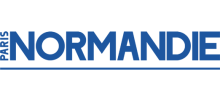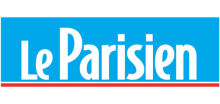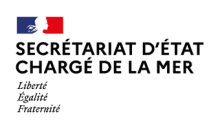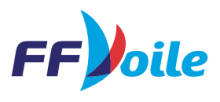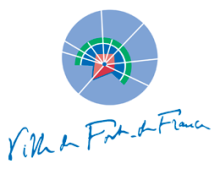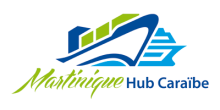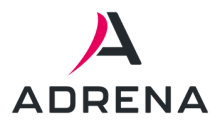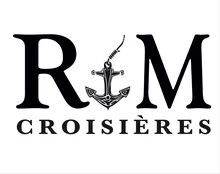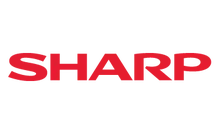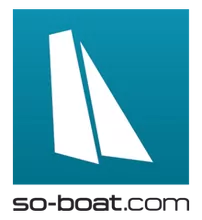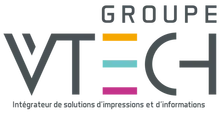He was not on the first race in 1993 but won the second edition racing with Paul Vatine on the course between Le Havre and Cartagena (Columbia). And he won again in 2005 with Gael Le Cléac’h racing to Salvador de Bahia (Brazil). At 59 years old Bilou retains a critical, objective view of the sport he remains passionate about.
What was the start of a Transat Jacques Vabre like in 1995?
Well the world was nothing like it is today. We landed in Cartagena and it was like in the middle of an empty commercial docks. But we didn’t care. I was young and mad about sailing and boats. And I was sailing with Paulo (Vatine) in the Haute Normandie region. He was a character and a local hero, a little guy who had come up from the backstreets who had made a success for himself. He had won the previous edition and was at the peak of his career. He had a little posse of pals he met at the bistro next to the Société des Régates du Havre. Life then was much more intimate. The human warmth compensated for the deprivation and the industrial side of the area back then.
At the time, you moved quite easily from Figaro to ORMA, which was the premier class. It’s not such an easy step nowadays?
I was coming out of four years in the Figaro, it’s true, but above all it was the hub that was Port La Forêt. It was the beginnings of CDK where we had built the 60-foot Hitachi, the Formula 40* saga, I had also raced the Whitbread on Côte d'or and the Tour de l'Europe on RMO with Laurent Bourgnon.
But it was a different way of doing things at the time. We lived in the same single world. Design, construction, sailing, everything was very intertwined around a few people and I had the chance to test the products, to understand the work and thinking that went into a structure. 3D software did not yet exist. The drawings were made on the corner of the tablecloth, with architects like Vincent Lauriot Prévost and Marc Van Peteghem who were physically present with and around us during the Formula 40 era. Everything was very intense, a little messy but intense. If you stayed the course back then, there was room. We were celebrating but perhaps ultimately working more hours than today because there was no separation between private life and the boat. Everything was part of a whole. The turning point for us was the Port La Forêt training center (Pôle Finistère Offshore Course today, editor’s note). We were mad dogs, we had all the ingredients for the recipe, but the Center gave us a framework.
Cartagena was your first finish port on the Coffee Route. What do you remember of it?
It was a magnificent finish. We finally won with Paulo, routed well by Jean-Yves Bernot who had done a great job. The fight was intense until the finish in front of Francis (Joyon) and Jacques (Vincent) with a gate at the finish in the Antilles and we descended in a match race along the Venezuelan coast among the tree trunks, pieces of mangrove. It was exotic! Seeing our boats, the local fishermen shouted Waterworld, Waterworld ** because the film had already been released in America. There was a beauty and the limit of our sport which we took to such exotic places.
Over your nine participations you have known all the finish destinations. Do you have a particular favourite?
I’ve known them all, in fact except Martinique, as I had to give up competing on the last edition with Yannick (Bestaven) due to back problems. So, it’s good that I’m back! I really liked Brazil, but I have a specific memory of Cartagena. It was a bit limited in terms of security but Jacques Vabre organized a wonderful tour of the coffee plantations for us in 1995. For example, I was able to discover the work of a coffee taster! The guy has a long table in front of him with lots of cups lined up in rows of about 1 meter. He takes a sip of each, spits it out, and gives a rating on a slider. It happens very quickly and the guy keeps going, one after another. One thing is certain that was a time when we did something more than just mooring in a marina at the finish of a race. And with hindsight, I find that this is an aspect that has not been very successfully integrated with ocean racing, I am not talking specifically about the Café Route: generally there could be integration and interactions with people with thise from our ocean racing bubble when we finish.
Is the Transat Jacques Vabre an environment to make friends with your co-skipper?
I don’t know… I would rather say that it can strengthen a friendship, as was the case with Ellen (Mac Arthur) in 2005. It’s still the stakes are doubled every time. I think that today, the professional level having risen, the search for performance really means you have to cohabit well. But there can still be some great arguments: between the stress, the battle of egos, the breakup, you can quickly get into trouble. Looking back, I had more tension with teammates on AG2R Transat than on the Transat Jacques Vabre, such is undoubtedly due to the requirement of one design. But then, in Open racing on big boats, there is generally a project leader and a guest. Here I am sailing on Guirec's boat and there is no ambiguity. We would really have to be stupid to argue with each other! And we have to keep our egos and aspirations under wraps because his boat has hardly changed since we raced it in 2010. He has not kept up with the changes in the rule and the sails are a little dated...
In 1995, there were 11 duos at the start. 95 boats will set off next Sunday. What does that mean to you?
It is undeniably a success. There were the pioneers, Eric Tabarly leading the way, then Terlain, Fauconnier, Poupon,… I experienced the end of this era to some extent. My generation arrived, we smoothed the path and the next one started sliding along the highway. But, obviously all of this opens questions for me. In the 90s, we had no idea of the limits of our planet We were immersed in the composite that we revered. We wanted to move forward and compare ourselves to other professional sports, we dreamed of F1! In fact, the collective intelligence of this sailing world has become fantastic. The boats fly. A well-structured racing team today still has style and an incredible amount of skills in structures, hydro, aero, even artificial intelligence. But what we lack is environmental engineering. Because offshore racing is not a sport like any other. We do not have the same values, we do not tell the same story and in my opinion we have not cultivated this gem enough. We are blinded by the drive for performance.
So what do we have to do ? Fewer boats, slower boats?
Way back in 2010, we measured the carbon footprint of our IMOCA. Comparing it with that of 11th Hour (IMOCA winner of The Ocean Race 2022-2023 Editor's note), the footprint has been multiplied by two. It's difficult to get across but whether we like it or not, the performance curve is parallel to that of CO2 emissions. To keep going higher, you have to put in more energy, you don't get any out... And I think that today, this quest for more and more speed becomes increasingly unnecessary. The last Vendée Globe was a huge success and yet it was run at the same speeds as the 2008. That did not hold back the sport. I think that tomorrow, we can continue to build boats, but we have to make them more useful, more multipurposed. We have to mix ideas. Why not require a hull volume that allows racing and sea freight to be carried out at the same time? That could also give a second life to a boat more easily. The longer we wait, the more painful the change will be because it creates divisions in the community and no project leader wants to abandon theirs. Some individual voices are starting to be heard and I hope they will serve as a spur.
* Formula 40: 40-foot regatta multihulls used in Grand-Prix formats which developed in the 1980s and served as a laboratory for future ORMA trimarans.
** Waterworld: Dystopia made by Kevin Reynolds in 1995 which features Kevin Kostner on a trimaran made at the time by Jeanneau Techniques Avancées in the molds of Florence Arthaud's Groupe Pierre 1er.





